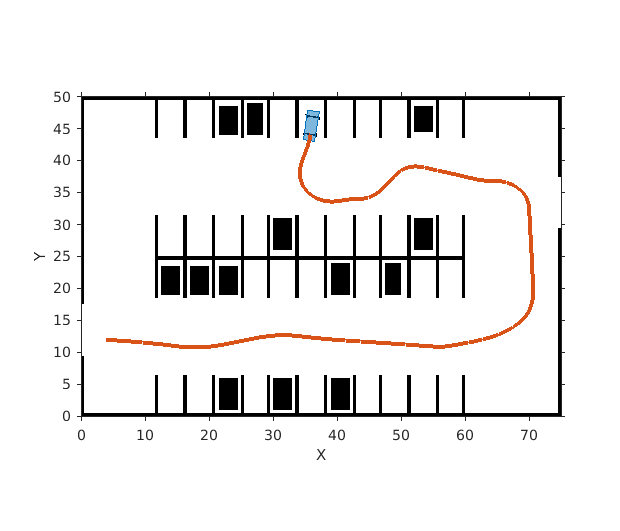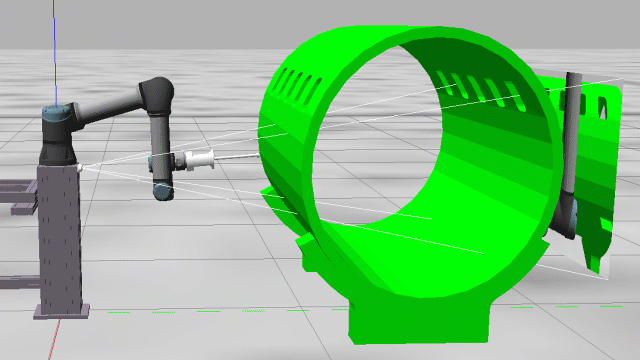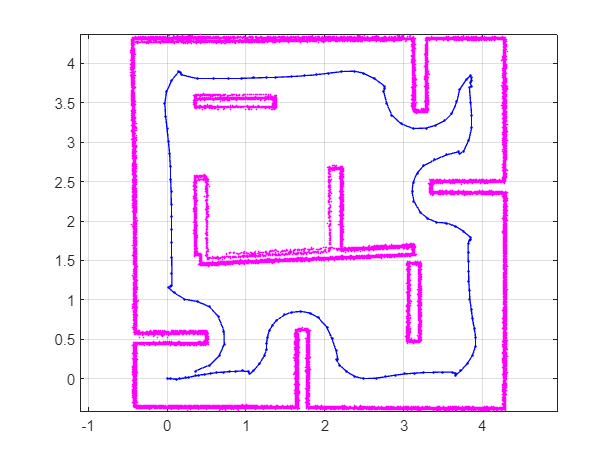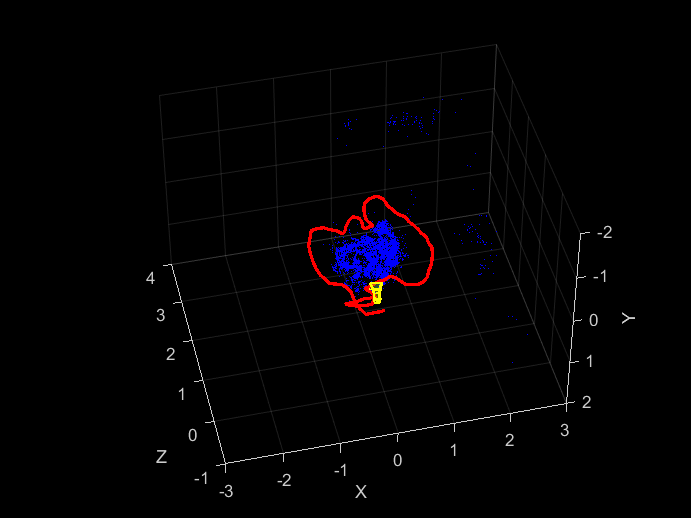ROS Node Generation and Deployment
ROS Toolbox enables you to generate C++ and CUDA® code for ROS nodes, and deploy them to local or remote device targets. For MATLAB® code that contains ROS interfaces, you can generate C++ code and deploy them as ROS nodes using MATLAB Coder™ (See Generate a Standalone ROS Node). For Simulink® models, you can generate C++ code using Simulink Coder (See Generate Standalone ROS Node from Simulink) or optimized CUDA code using GPU Coder™, and deploy them as ROS nodes.
Note
Deployment of ROS nodes requires transferring files to the target ROS device through an SSH connection. Ensure that OpenSSH is installed on the target ROS device before deployment.
Functions
Topics
Generate and Deploy ROS Nodes from MATLAB
- MATLAB Programming for Code Generation
Recommended workflow for generating a standalone executable from MATLAB code that contains ROS interfaces. - Generate a Standalone ROS Node
Generate C++ code for a standalone ROS node from a MATLAB function. - Configure MATLAB Coder for ROS Node Generation
Configure MATLAB Coder configuration object for customizing ROS Node generation. - Generate CUDA ROS and CUDA ROS 2 Nodes Using MATLAB Coder and GPU Coder
Generate and build CUDA ROS and CUDA ROS 2 nodes from a MATLAB function.
Generate and Deploy ROS Nodes from Simulink
- Generate Standalone ROS Node from Simulink
Generate and build a standalone ROS node from a Simulink model. - Generate CUDA ROS Node from Simulink
Configure Simulink Coder to generate and build a CUDA ROS node from a Simulink model. - Generate ROS or ROS 2 Packages for Model Reference Hierarchy in Simulink
Model references in Simulink enable modular development and code reuse in large components. - Generate a ROS Control Plugin from Simulink
Generate and build aros_controlplugin from a Simulink model. - Enable External Mode for ROS Toolbox Models
External mode enables Simulink on your host computer to communicate with a deployed model on your robotics hardware during runtime. - Generate Code to Manually Deploy a ROS Node from Simulink
This example shows you how to generate C++ code from a Simulink model to deploy as a standalone ROS node.







